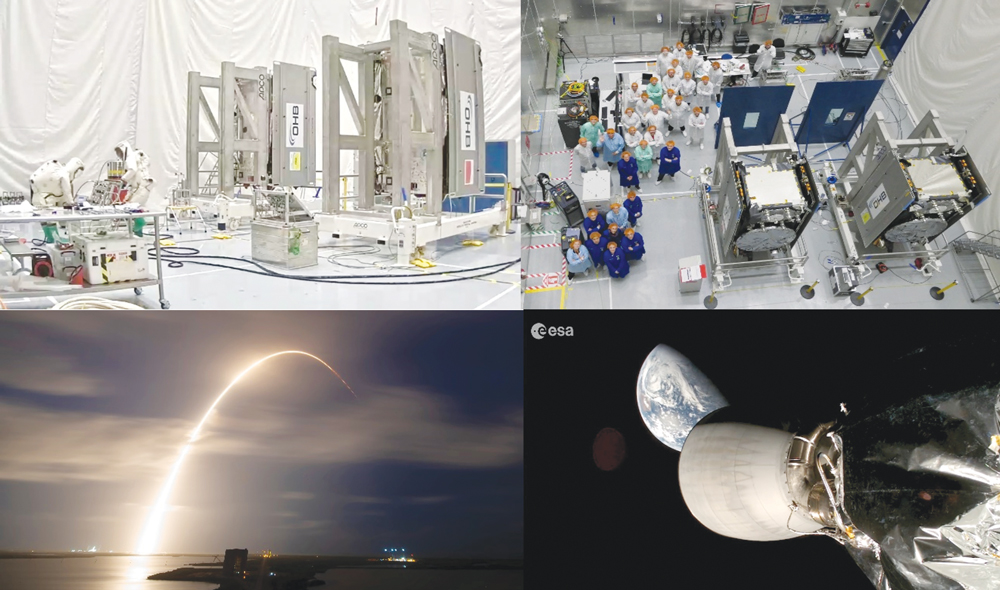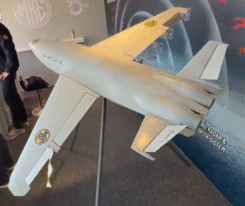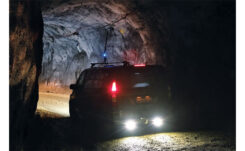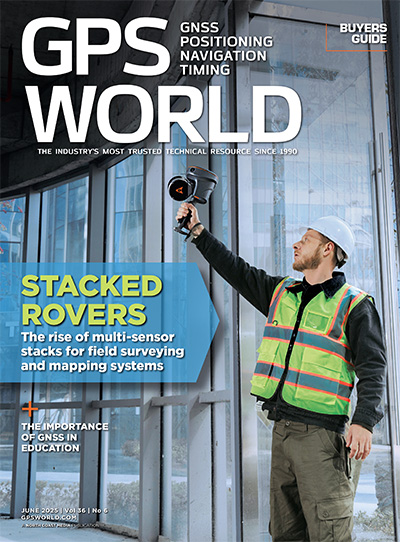New services and capabilities for Galileo


En route to full operational capability
Europe’s Largest Ground Segment Updated with No User Impact
The recent migration of the Galileo Ground Segment to a new system release is the culmination of years of preparation and a major step forward for European satellite navigation. This upgrade enhances the segment’s robustness, adds security capabilities to Security Operations centers and reinforces cyber protection.
In a remarkable feat of coordination and precision involving the deployment of 400 items, and after five months of rehearsals, Galileo’s Ground Segment, the largest in Europe, has transitioned seamlessly to a new version. This was made possible, among other factors, by redundant infrastructures; the collaboration of more than 200 dedicated professionals from ESA, EUSPA and European industry across four Galileo centers and seven external entities; and the capability to roll back the migration at any time within the first 48 hours after the switch, if necessary.

Completion of the Galileo Constellation
Following the successful 12th and 13th launches (in April and September 2024) of four new Galileo satellites, the constellation is now in an FOC configuration (eight nominal satellites plus one spare per orbital plane) for the first time. Launches of Galileo satellites will continue, but now they will be part of the constellation replenishment phase to ensure constellation maintenance and sustainability of service performance.
The Galileo L12 Launch Campaign, performed by Space X under contract with ESA, including Galileo FM25/FM27 satellites, was successfully executed in the early morning of April 28, 2024.
■ The satellites were shipped to Cape Canaveral facilities on March 27, 2024, and both launch readiness reviews were declared successful in due time.
■ The launch campaign was executed flawlessly by the ESA, OHB and Space X teams, through the combined collaboration of all parties, up to a near perfect launch injection by Falcon 9.
■ In the following months, the Launch and Early Orbit Phase (LEOP) and in-orbit testing activities were completed, resulting in the satellites being injected into the operational constellation for service in September 2024.
The Galileo L13 launch campaign, including Galileo’s FM26 and FM32 satellites, was also successfully executed on Sept. 18, 2024, after an intensive launch campaign process, including several weather-related delays. The LEOP campaign for these satellites was successfully performed in September/October, and the in-orbit testing is ongoing, with the aim of including those satellites into the operational constellation by January 2025.
In addition, continuous and robust Galileo services remain the priority, and EUSPA continues investing efforts in the continuous improvement process. Together with its EC and ESA program partners, EUSPA improves the operational system on a regular basis, improving with it the robustness, quality and performance of the ground and space infrastructure and corresponding services.
Galileo Second Generation Satellites and Ground Segment Under Validation
Galileo’s Second Generation (G2G), developed by ESA and industrial partners, will introduce many new capabilities and innovative technologies to offer unprecedented precision, robustness and flexibility.
This year was key for the development of G2G activities with the move from design to validation phase.
The first batch of G2 satellites has officially started the System Compatibility Test Campaigns, which mark the point in time in the development cycle where the focus moves to hardware and software compatibility.

Galileo Second Generation will exponentially enhance GNSS accuracy for communities worldwide in the future with:
■ New and improved services.
■ Unique flexibility of ground and space systems to accelerate service time to market, without the need for constellation replenishment.
■ Upgraded robustness of key infrastructure items.
■ State-of-the-art GNSS technology leading to centimeter-level precision.
■ New GNSS signals, including extended data capacity for added value services.
■ Additionally, of course, full backward compatibility with Galileo First Generation and other GNSS systems.
« Prev Page 1 2 3 4 5 Next Page »

















Follow Us